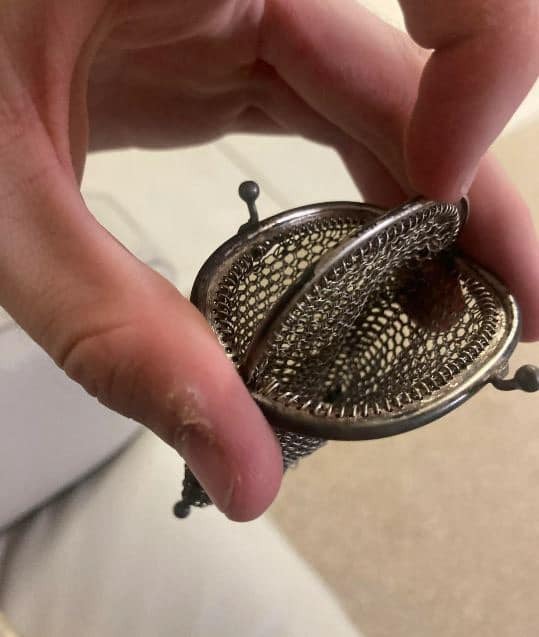ADVERTISEMENT
Now, let’s explore some common types of items that you might find in your grandfather’s house and offer a few tips on how to assess whether they might be worth something beyond their sentimental value.
### 1. **Vintage Furniture**
Old furniture is one of the most common items found in a grandparent’s house. Whether it’s a solid wood chair, a vintage cabinet, or a well-worn armchair, these pieces are often sturdy and built to last.
**How to Assess Value:**
– **Condition:** The condition of the piece is a major factor in determining its value. Furniture that has been well-maintained or is in near-mint condition will be worth more than furniture with excessive wear and tear. Scratches, missing parts, or faded upholstery can lower its market value, but depending on the piece, it might still hold some collector’s value.
– **Age:** Generally, the older the piece, the more likely it is to hold value—especially if it’s a piece from a known designer or a specific historical era. Antique furniture from the Victorian, Art Deco, or Mid-Century Modern periods often attracts collectors.
– **Craftsmanship and Material:** Look for quality materials like oak, mahogany, or walnut. Handcrafted, custom-made furniture often has higher value, especially if it features intricate carvings or unique design elements.
**Next Steps:**
If you believe the furniture might be valuable, it may be worthwhile to have it professionally appraised. Check the piece for any maker’s marks or labels, which can help identify its manufacturer and give insight into its provenance.
### 2. **Old Coins and Currency**
Coins and paper money from past decades or centuries often hold value, especially if they are rare or in excellent condition.
**How to Assess Value:**
– **Rarity:** Coins and bills from certain periods or specific mintings are more valuable than others. For instance, limited edition coins, coins that were only produced for a short period, or coins that were minted with errors are usually worth more.
– **Condition:** The condition, or “grade,” of a coin plays a critical role in its value. Coins in mint condition, without scratches, discolorations, or dents, tend to be more valuable.
– **Type of Currency:** Look for coins or currency tied to significant events in history, such as the 1913 Liberty Head nickel or Confederate money from the Civil War era. These items are sought after by collectors.
**Next Steps:**
Sort through the coins you find, looking for rare or unusual items. Some coins may look similar but could have subtle differences that increase their value. Consulting with a coin expert or visiting a reputable coin dealership for an appraisal can help you determine the true value of your grandfather’s collection.
### 3. **Vintage Jewelry and Watches**
Jewelry and watches passed down from previous generations can carry significant value, especially if they come from known designers, are made of precious metals, or contain gemstones.
**How to Assess Value:**
– **Materials:** Jewelry made from gold, silver, or platinum will typically hold value based on the weight and purity of the metal. Stones like diamonds, sapphires, and emeralds can also add to the value.
– **Designer or Maker:** Jewelry designed by well-known brands or designers, such as Tiffany & Co., Cartier, or Van Cleef & Arpels, can significantly increase the value of the piece.
– **Condition and Age:** The older the piece, the more likely it is to be worth something—especially if it’s in good condition and reflects the tastes of a certain era. Vintage watches, for example, from famous watchmakers such as Rolex or Patek Philippe, often increase in value over time.
**Next Steps:**
Take your jewelry and watches to an appraiser to determine if they’re worth more than their scrap metal value. If you have an antique piece, it’s best to check with a specialist who can authenticate it.
### 4. **Books, Letters, and Documents**
Old letters, journals, and books can be surprisingly valuable, especially if they hold historical significance, or if they are rare editions, signed by authors, or linked to major historical events.
For Complete Cooking STEPS Please Head On Over To Next Page Or Open button (>) and don’t forget to SHARE with your Facebook friends
